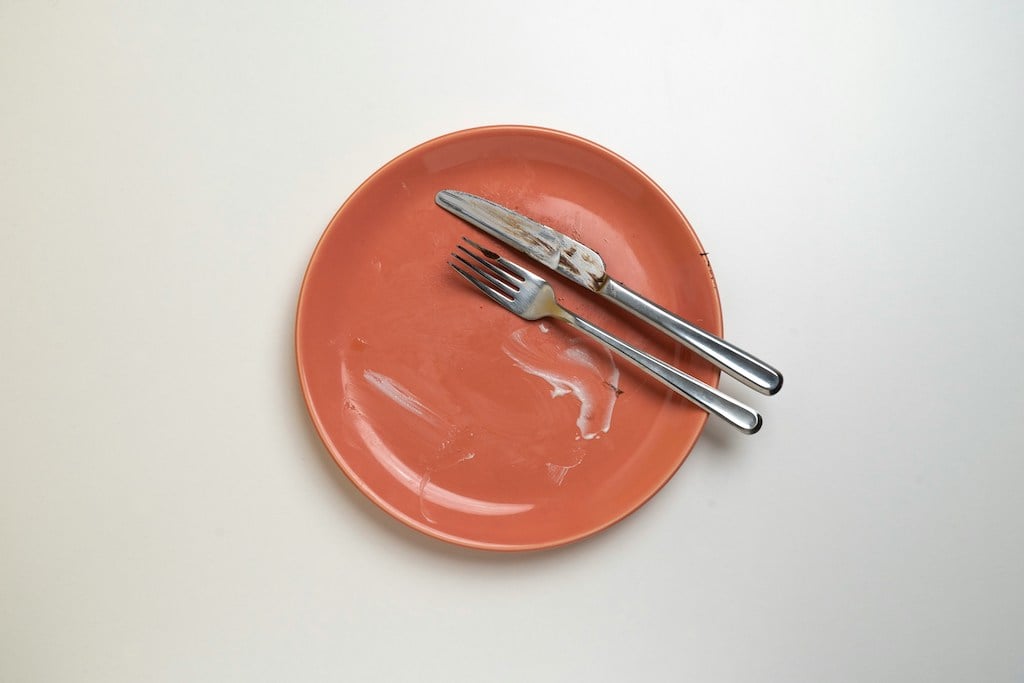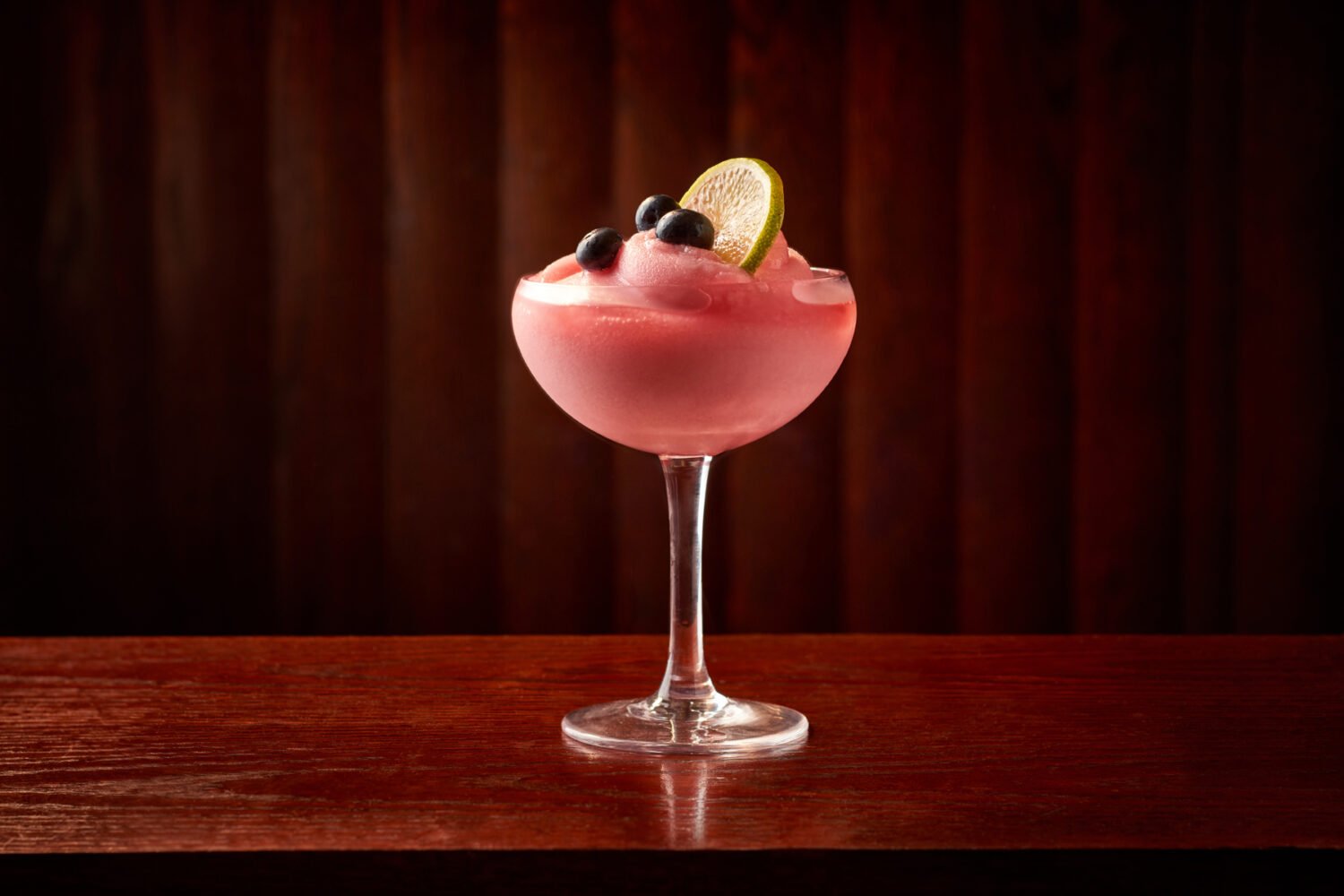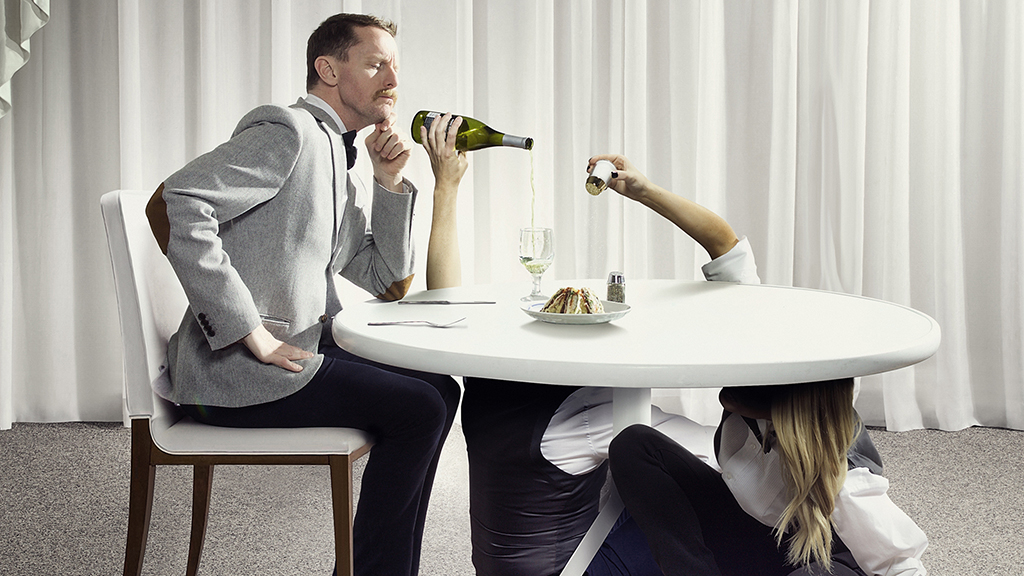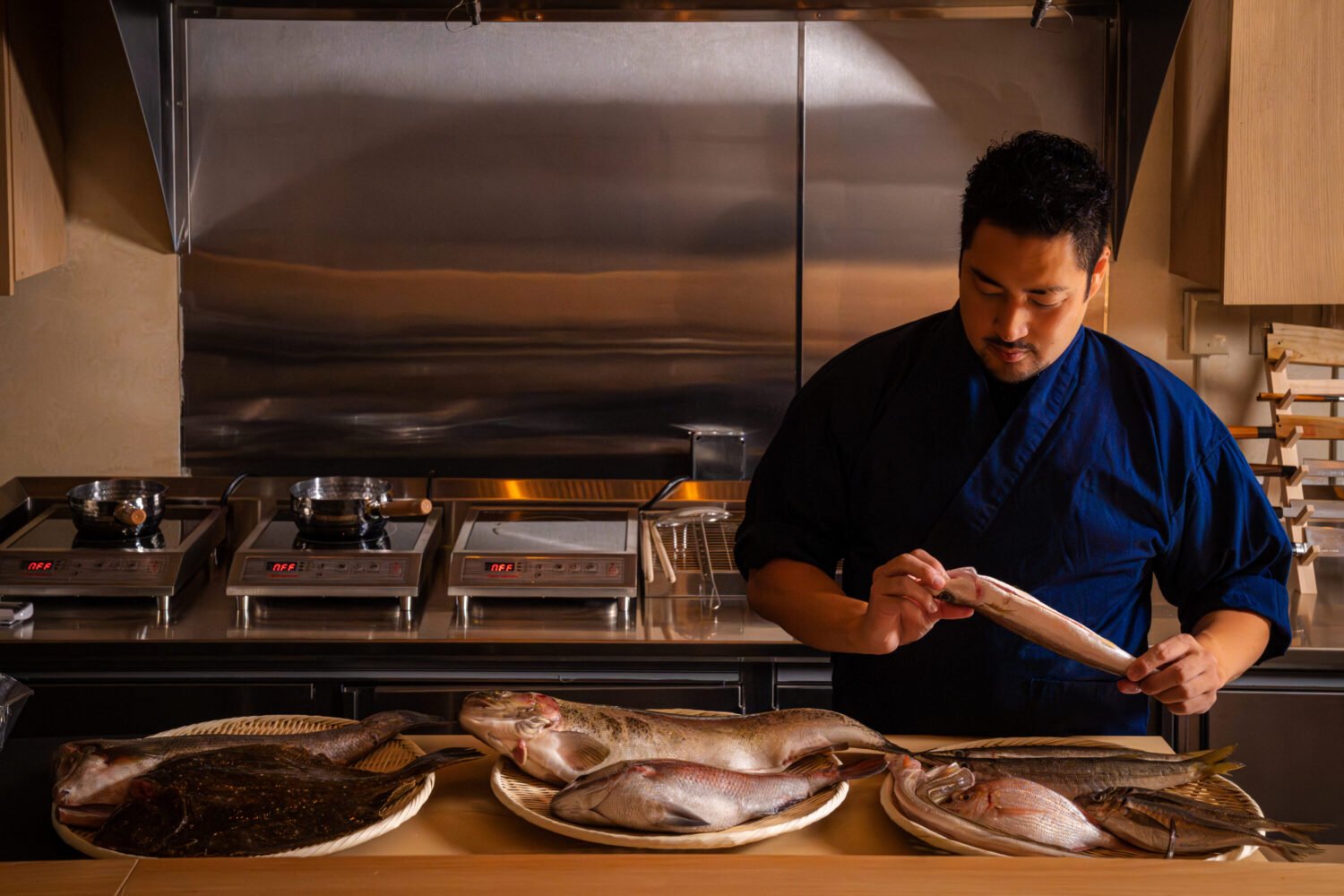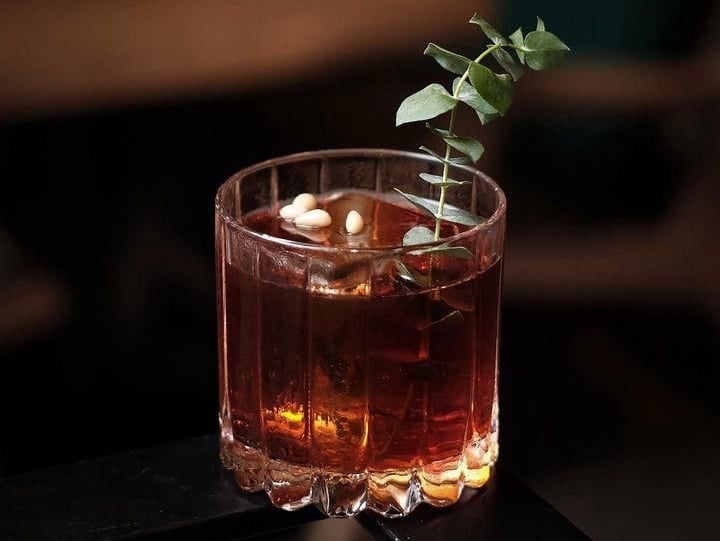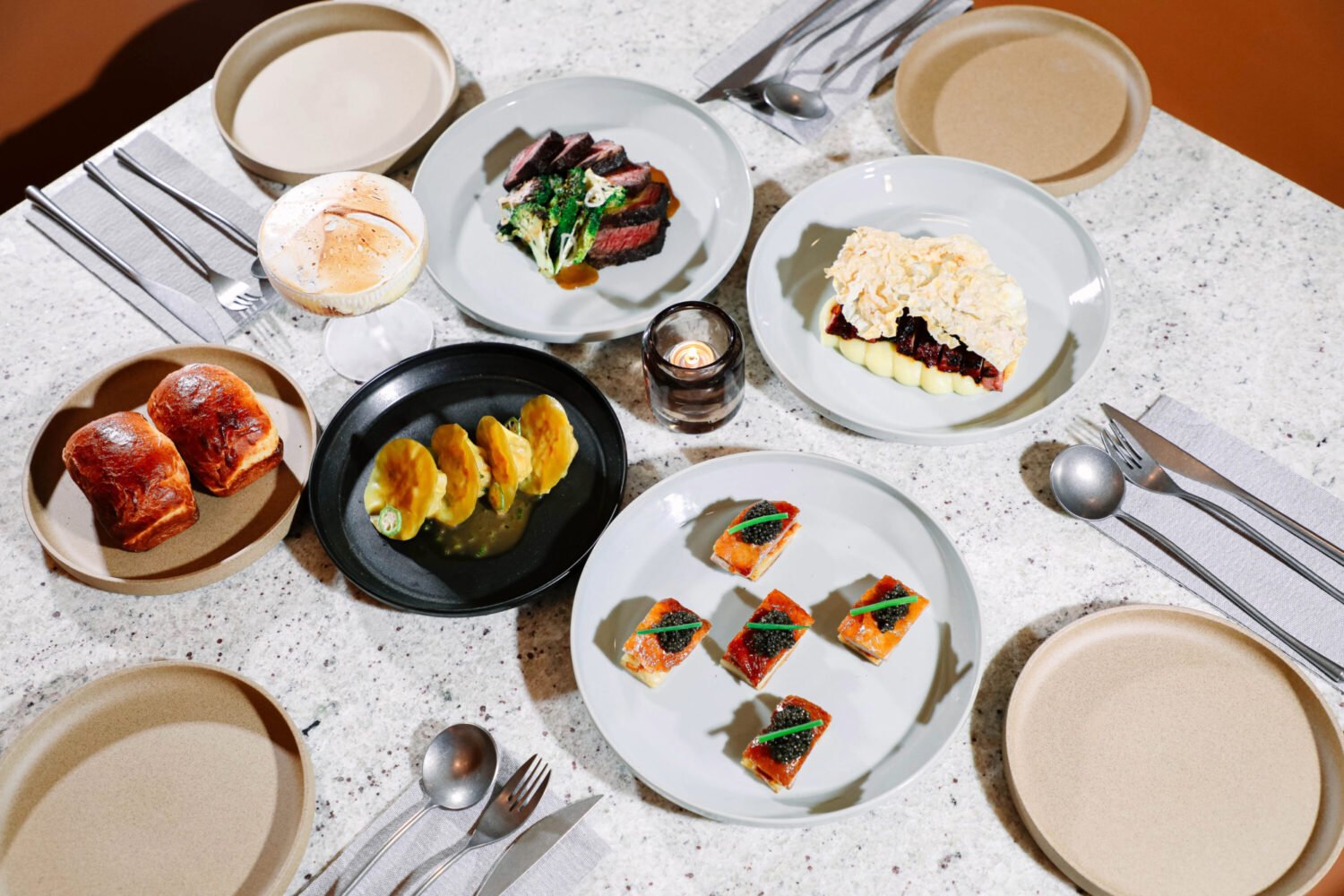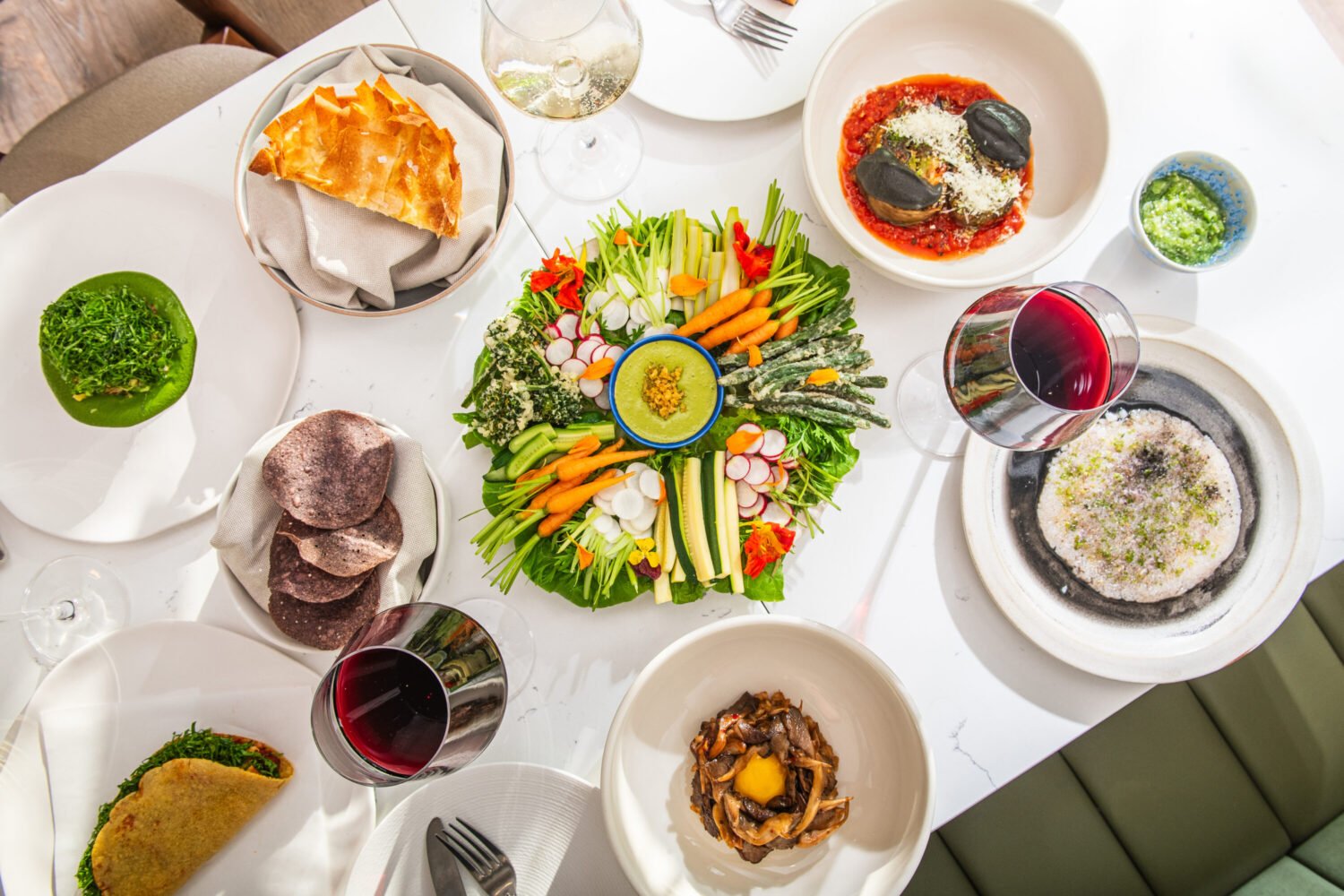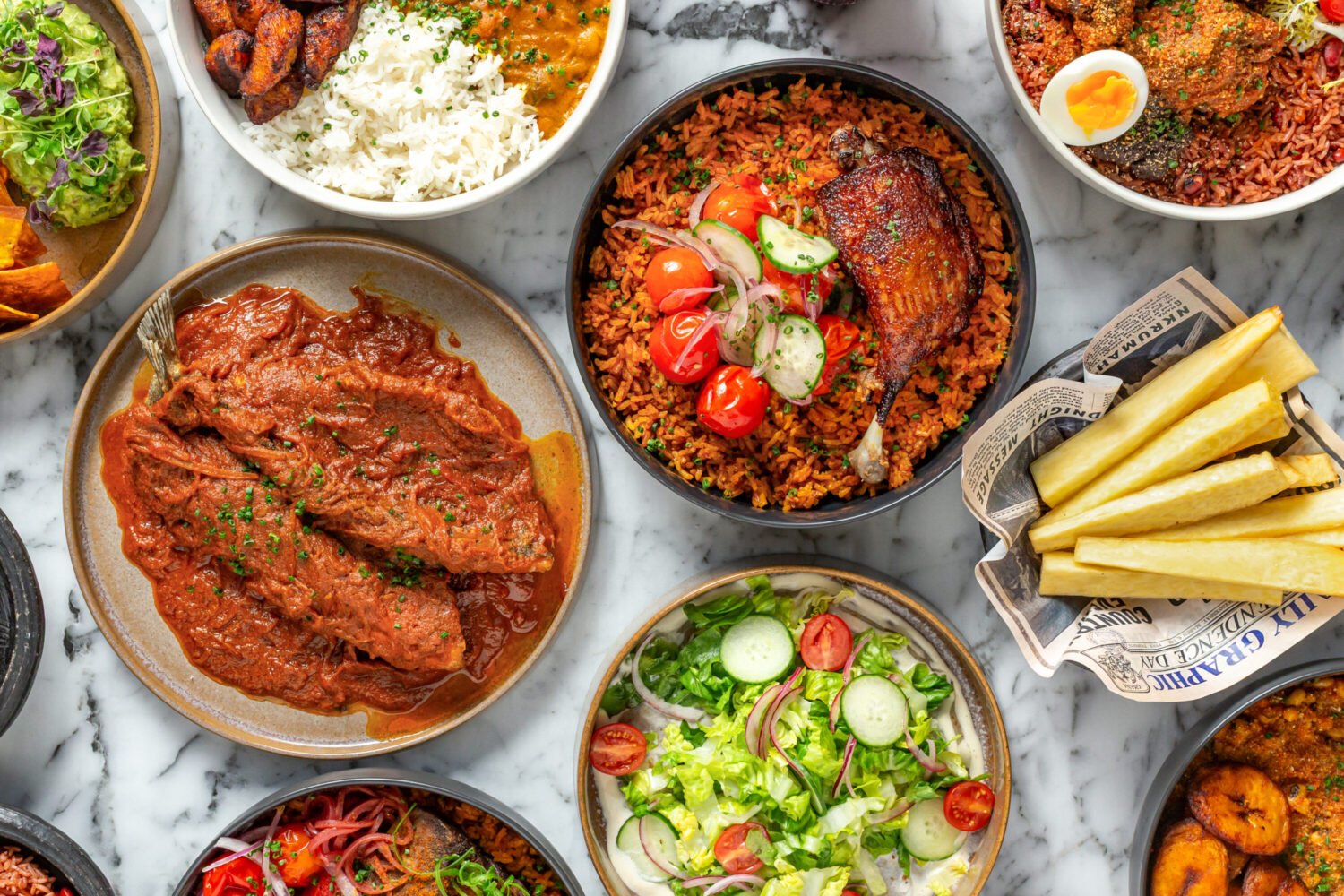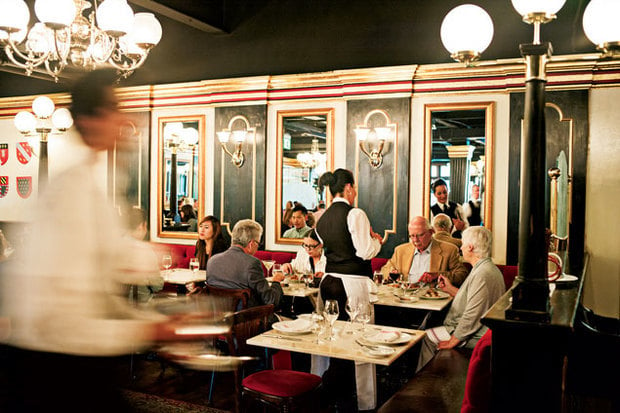About Petit Louis Bistro
The first meal I had at Petit Louis Bistro was superb and left me thinking that what the world needs now is more old-school French cooking.
The second was mediocre, and I regretted what I’d allowed myself to think in the wine-amplified high of a memorable afternoon of foie gras and crème brûlée.
Clearly a third meal was in order, but I decided to give the place a couple of months to find itself.
Not long ago, I returned to Columbia for an early Sunday dinner to decide the matter: Which meal was the aberration?
They both were.
Petit Louis Bistro, the sixth restaurant from Baltimore restaurateurs Cindy Wolf and Tony Foreman—and the second Petit Louis—isn’t a destination, though its prices and starchy service would seem to mark it for special occasions. But neither is it a dud. It’s a solid, smoothly run place whose strengths, as Yogi Berra might have said, are strong.
Start with the location, overlooking tranquil Lake Kittamaqundi. The quaintly charming space looks to have been airlifted from Paris circa 1930—brass antique lamps, gilded mirrors, and all. The wine list is excellent, whether you’re springing for a bottle of a noble Châteaux or just looking for a supple-drinking glass to nurse.
All that is mighty tempting, and we haven’t even gotten to the food.
This is bistro cooking of the kind that went out of fashion a generation ago—sturdy, well made, and leaning toward the heavy, even in springtime.
None of these dishes will surprise you, but the best are immensely satisfying. A terrine of foie gras was as rich and sumptuous as (ah, what the hell—I’ve already angered the PETA crowd) a fur coat. Asparagus soup, a special, was a sublime celebration of spring. Shrimp beignets, as light as they were substantial, disappeared like hot buttered popcorn.
So how does the kitchen that made those screw up a simple frisée salad, which arrived underseasoned and overdressed, and send out a napoleon of eggplant, roasted tomatoes, and goat cheese that tasted as if none of these components had ever been put together?
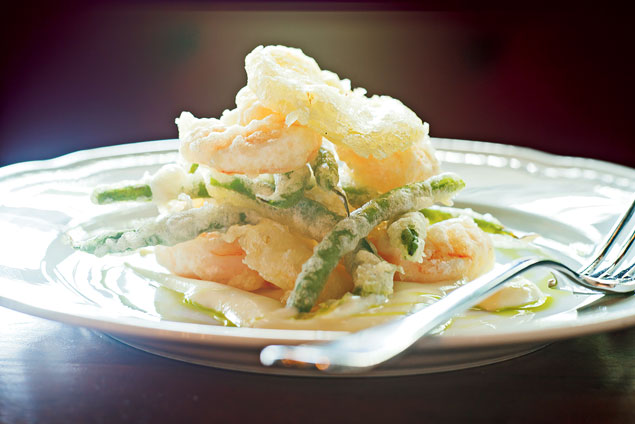
Given the emphasis on technical competence over experimentation, I was surprised to find a seared duck breast that was not only fatty but also dry—far from the promised rosy succulence. Or to turn up chewy bits of meat in an otherwise textbook blanquette de veau.
I didn’t have a single main course that wasn’t a little flawed, though that wouldn’t stop me from returning for the pork belly—the flesh unctuous, the skin rendered until crackly, the red-wine reduction glossy and smooth. The meat called for a balancing tartness, however, not fava beans, which were lost amid the richness. A porterhouse-thick swordfish filet was sweet, if a touch overcooked, with spears of caramelized fennel that played with and against the centerpiece.
The dessert list is tempting, but apart from a wonderful crème brûlée, nothing tastes as good as it reads. A lemon tart was burdened with a strangely butch crust. Profiteroles are a Gallic twist on ice-cream sandwiches, only tinier and more delicate; the version here got the first part right but not the second.
A better ending: some selections from the cheese cart, a good glass of Banyuls or port, and a long stroll by the lake.
This article appears in the July 2014 issue of Washingtonian.

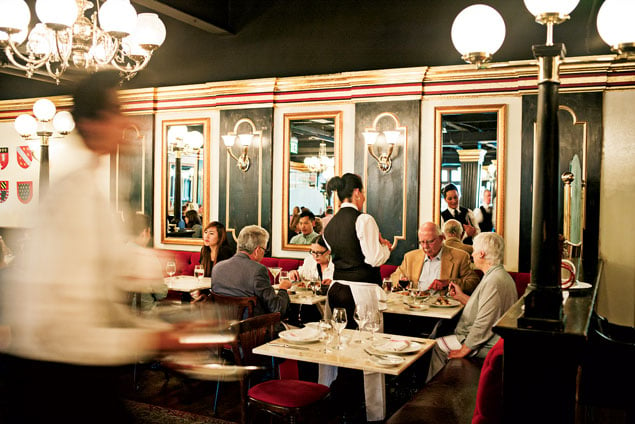
 100 Very Best 2015
100 Very Best 2015